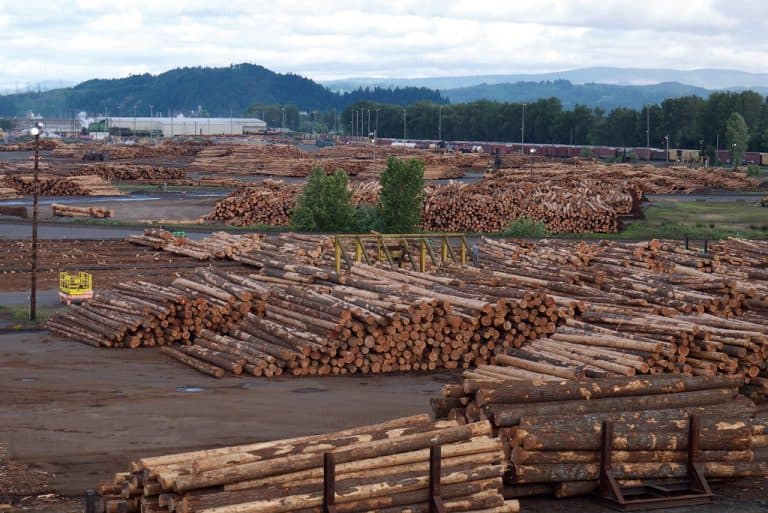USDA Proposes Bold Moves to Improve Forest, Grassland Management
The U.S. Department of Agriculture’s (USDA) Forest Service (USFS) released proposed changes to modernize how the agency complies with the National Environmental Policy Act (NEPA). The proposed updates would not only give the Forest Service the tools and flexibility to manage the land and tackle critical challenges like wildfire, insects, and disease but also improve service to the American people. Revising the rules will improve forest conditions and make it simpler for people to use and enjoy their national forests and grasslands at lower cost to the taxpayer. The revised rules will also make it easier to maintain and repair the infrastructure people need to use and enjoy their public lands—the roads, trails, campgrounds, and other facilities.
While these proposed changes will save time and resources, they are ultimately intended to better protect people, communities and forests from catastrophic wildfire and ensure a high level of engagement with people and communities when doing related work and associated environmental analyses.
From the FAQ:
The CEs covered in the proposed rule fall into three general categories: (1) those covering restoration activities, (2) those covering infrastructure activities, and (3) those covering special uses. Some examples of the types of work that could be approved, based on hundreds of analyzed environmental assessments, are listed below.
Restoration projects— Removing trees affected by insects or disease through commercial timber harvest in combination with stream restoration in a 4,200-acre area to improve forest health and watershed conditions is one example of a restoration project. Restoration projects could also include reducing overgrown areas around a community and improving wildlife habitat through mechanical thinning and use of prescribed burning.

